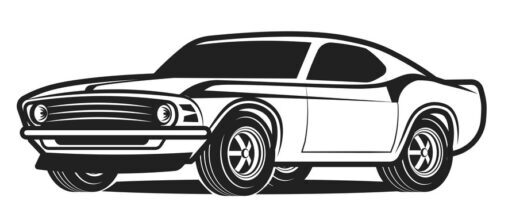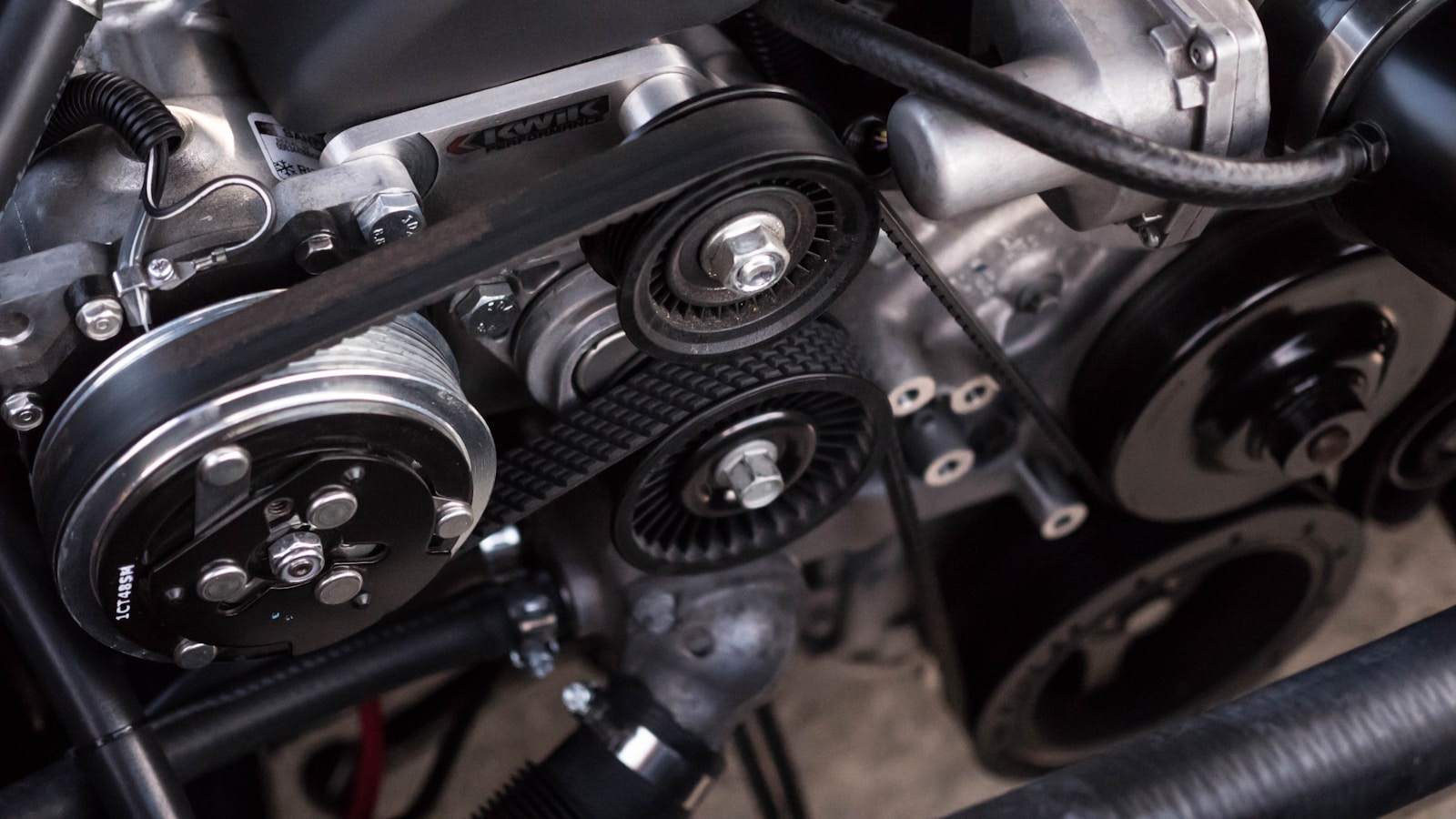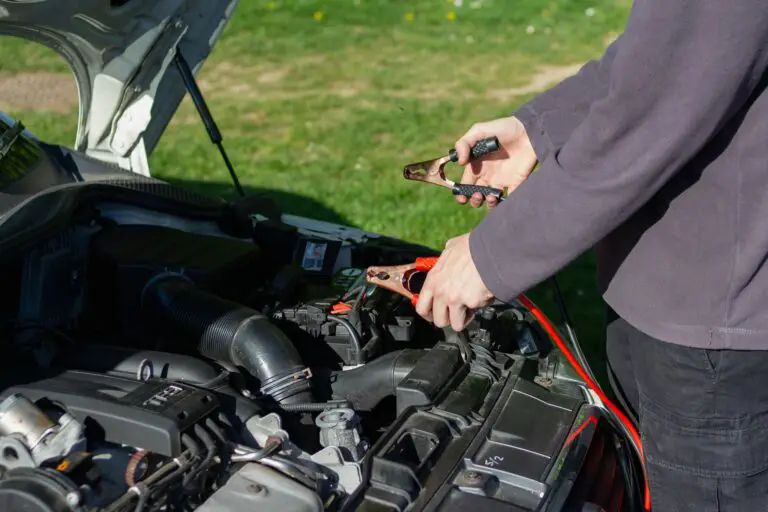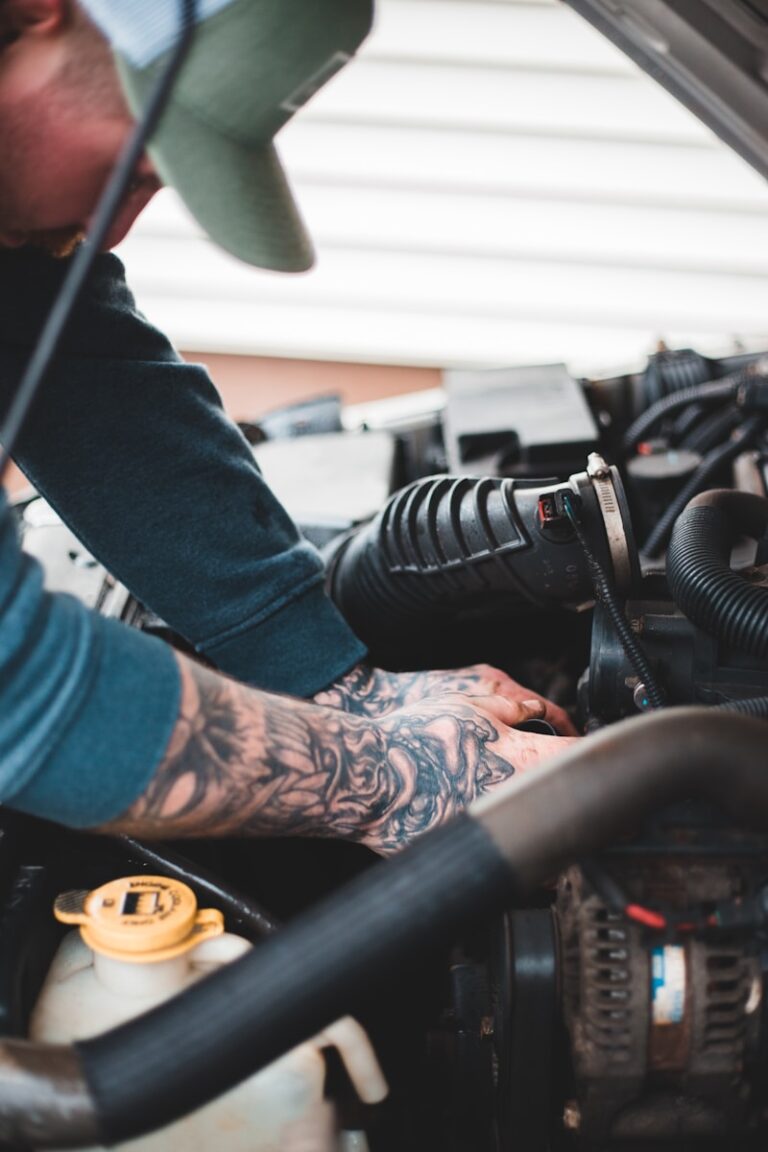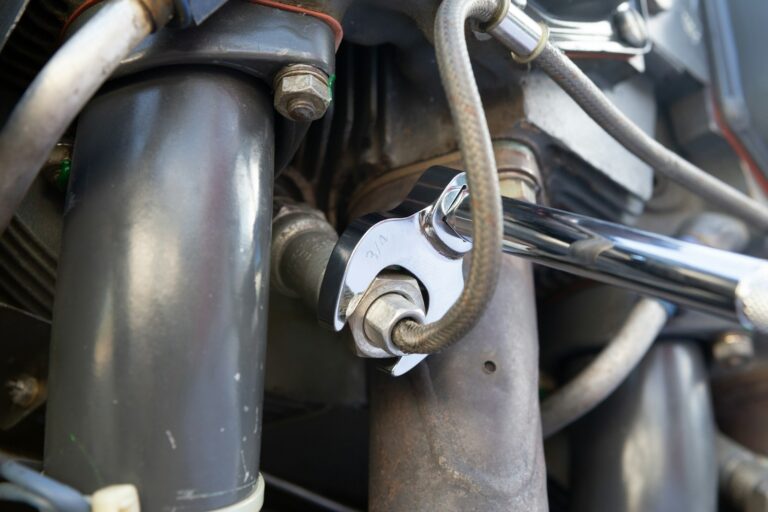DIY: Engine Whisperer Tips for Car Owners
Whether you’re cruising down the highway or just hopping across town, the smooth purr of a well-maintained engine is its own sweet music to car aficionados. However, the tune can go sour when an unexpected engine issue crops up, leaving you with a hefty repair bill. But what if you could don the title of ‘Engine Whisperer’ and deal with those problems head-on? This extensive guide is here to arm you with DIY engine maintenance tips that will not only save you money but also deepen your love for your beloved vehicle.
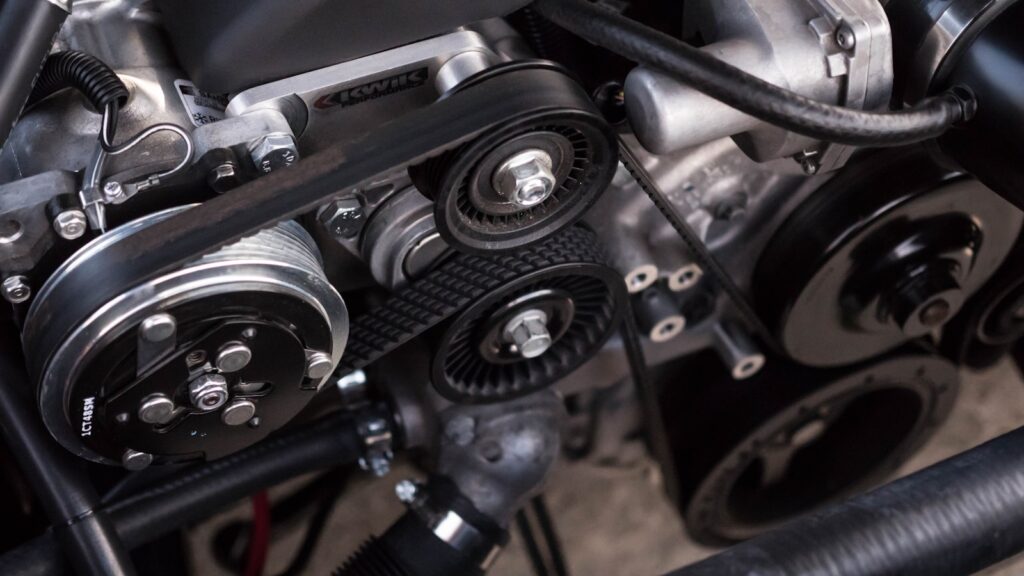
Understanding Your Engine
Car engines are the beating heart of your automobile. Composed of intricate parts working in an orchestrated dance, they transform fuel into the kinetic energy that propels you forward. Understanding the fundamentals of your engine can empower you to diagnose issues and take necessary action.
The Basics of Engine Components
At the core of every car engine are cylinders, where the magic happens. A piston moves up and down within each cylinder, compressing the air and fuel mixture. When the spark plug ignites this mixture at the precise moment, it triggers an explosion, driving the piston down and turning the engine’s crankshaft. This motion is what powers the wheels.
The main components you’ll want to be familiar with include:
- Cylinders and Pistons: The more cylinders your engine has, the more power it’s capable of producing. There can be four, six, or eight cylinders in a standard car engine.
- Valves: These are in charge of letting air and fuel in and exhaust out. They open and close in time with the pistons to ensure the proper sequence of events.
- Crankshaft and Camshaft: They’re essential for converting the linear motion of the pistons into rotational motion to drive the wheels.
- Spark Plugs: These small devices ignite the air and fuel mixture and should be replaced periodically to maintain performance.
Functions of Engine Systems
Beyond the basic components, engines are supported by various systems that play crucial roles in their performance:
- Fuel System: This system delivers fuel to the engine’s combustion chambers, where it mixes with air. Problems here may manifest as stalling, poor acceleration, or high fuel consumption.
- Cooling System: Made up of a radiator, water pump, and various hoses, this system prevents the engine from overheating. Signs of a malfunction could include smoke from under the hood or a rising temperature gauge.
- Exhaust System: This system consists of the exhaust pipe, catalytic converter, muffler, and other elements that manage the vehicle’s emissions. Engine-related issues could lead to louder-than-normal exhaust sounds.
- Electrical System: Modern engines are heavily reliant on this system, with various sensors and the battery contributing to engine management. A weak battery or faulty sensor could cause starting problems or erratic engine operation.
Common Engine Issues
Engines, like any complex system, are prone to various maladies. Identifying these issues promptly can prevent them from escalating and causing serious damage to your vehicle.
Identifying Typical Engine Problems
Here are some common signs that your engine may be experiencing issues:
- Check Engine Light: Often the first warning sign for various problems. Even if the issue seems minor, it’s best not to ignore it.
- Poor Fuel Economy: A sudden drop in gas mileage could indicate a range of engine issues, from incorrect tire pressure to more serious mechanical problems.
- Strange Noises: Knocking, hissing, or grinding sounds are red flags that something isn’t right under the hood.
- Vibrations and Rough Idling: Engines should operate smoothly. Vibrations may suggest misfiring cylinders or engine mount problems.
By understanding what these signs may mean, you can be better prepared to take the necessary “diagnostic pole position” and avoid a potential pit stop at the mechanic’s.

DIY Engine Whisperer Tips
The key to mastering DIY engine maintenance is starting with simple tasks and gradually working your way up to more complex procedures. Here, we’ll cover a few entry-level tasks and guide you through each.
Oil Changes: The Refreshing Pit Stop
An oil change is the most fundamental and one of the most important maintenance tasks for your engine. It keeps the moving parts properly lubricated and prevents excessive wear and tear.
Every 3,000 to 5,000 miles or as recommended by your car manufacturer, follow these steps:
- Prepare Your Vehicle: Park on a level surface and engage the parking brake. Warm the engine for a few minutes to make the oil drain faster.
- Drain the Old Oil: Using a wrench, unscrew and remove the drain plug from the oil pan. Allow the old oil to drain into a catch basin. Be careful as the oil can be hot.
- Replace the Oil Filter: This should be done with every oil change. Unscrew the old oil filter by hand or with an oil filter wrench, and then wipe the filter seating surface clean.
- Add Fresh Oil: Fill the engine with the recommended oil type and quantity as per your car’s manual.
- Check and Double-Check: After filling, check the oil level using the dipstick. Make sure the oil level is within the safe range.
And just like that, your engine’s vital fluid is refreshed and ready for the road.
Spark Plug Replacement: Firing On All Cylinders
Spark plugs are responsible for igniting the fuel and air mixture in the engine’s cylinders, a task that requires careful timing and precision.
Typically, spark plugs need to be replaced every 30,000 to 100,000 miles, depending on the type of spark plug. Here’s how you can tackle this task:
- Locate the Spark Plugs: They’re usually found in a row on the side of your engine, with wires connected to the top.
- Remove the Old Spark Plugs: One at a time, disconnect the wire, remove the old spark plug using a spark plug socket and ratchet, and check the gap and condition.
- Install the New Spark Plugs: Set the gap on each new plug according to your car’s manual, tighten them by hand, and then give each one a final quarter turn with your socket and ratchet.
- Reconnect the Wires: It’s crucial to put them back in the exact place from which they were removed.
Reinvigorated with new spark plugs, your engine will run more efficiently, with improved acceleration and fuel mileage.
Air Filter Replacement: A Breath of Fresh Air
The air filter prevents dirt and debris from entering your engine and helps maintain proper fuel-to-air mixture. It’s a quick, easy, and cost-effective replacement.
- Locate the Air Box: This is typically a large plastic housing that sits on top of or to the side of the engine.
- Open the Air Box: Unscrew or unclip the housing cover to reveal the air filter.
- Replace the Filter: Take note of how the old filter is positioned and remove it. Install the new filter in the same orientation.
- Close the Air Box: Ensure the air box cover is properly seated and secured.
A new air filter can lead to better air circulation and improved engine performance.
Troubleshooting Common Engine Noises
Engines communicate with you through sound, and some noises are telltale signs of specific issues. Here are a few engine sounds and what they might mean:
- Knocking or Pinging: This could mean that you’re using the wrong fuel grade, the timing is off, or there’s a problem with the crankshaft bearings or connecting rods.
- Hissing: A hissing sound could be a sign of a vacuum leak, potentially from a hose or gasket that’s come loose or worn out.
- Squealing or Screeching: Usually related to belts that are loose, worn, or contaminated. It’s a good idea to check the timing or serpentine belt and the belt-driven accessories.
Listen to your engine regularly, and if you notice any of these sounds, investigate further or seek professional help.
Conclusion
Engaging in DIY engine maintenance is more than just a way to save money. It connects you to your vehicle in a profound way. The empowerment you gain from understanding and maintaining your car’s engine can be unparalleled, even with the occasional misstep. Healthy engines mean reliable transportation, and taking care of your car yourself brings a new level of satisfaction and a sense of ownership.
And so, next time you hear your engine whisper a complaint or an odd little song, don’t shy away. Instead, turn up your DIY spirit, because the car aficionado deep within you eagerly awaits the challenge. Change the oil, replace the plugs, listen closely, and soon enough, others will be coming to you for advice. The path to becoming the Engine Whisperer starts with a single spark—your willingness to learn and your engine’s trust in your newfound prowess.
